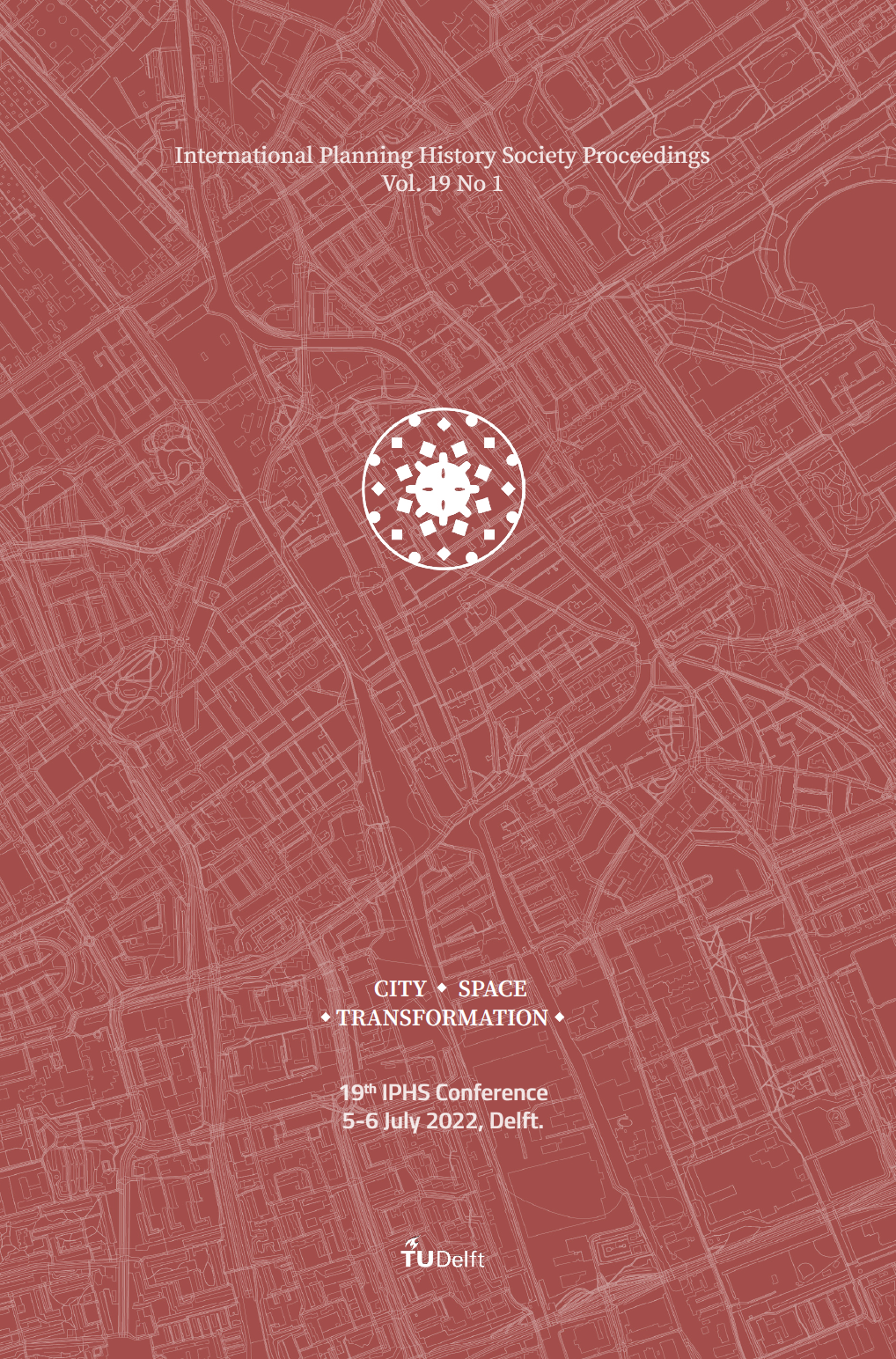From Soviet Pattern to Chinese Practice
A Historical and Empirical Review of Wuhan 1954 Master Plan with GIS and Spatial Syntax
DOI:
https://doi.org/10.7480/iphs.2022.1.6471Abstract
Because of post-war reconstruction, urban planning became the most important affair since the P.R.China founded. During the "First Five-Year Plan", “The Urban Planning of Eight Key New Industrial Cities” laying the foundation of China's modern urban planning, showed the process from drawing on Soviet planning experience to the theory of Chinese urban planning. Wuhan was one of them. The 1954 Master Plan as the first planning clarified the characteristics of a typical long-term plan, with the Soviet pattern’s far-reaching impact on it. This study takes the Wuhan 1954 Master Plan as the main research object, using the existing research results and historical documents introduced a series of activities around it, considering the relationship between the Soviet pattern and the Wuhan planning in the early days. The planning data in different periods are transformed into the database to analyze the space in GIS, shows the actual impact of the Soviet pattern under the implementation of the plan for 65 years, and examine its significance and value. The results can reflect the following influence of Wuhan City Master Plan in 1954. This study uses GIS to analyze historical data, and establish a verification relationship between planning and reality.
Downloads
Published
How to Cite
Issue
Section
License
Copyright (c) 2022 Han Zou, Jingke Fan, Mingxing Hu, Yue Xiong

This work is licensed under a Creative Commons Attribution 4.0 International License.

